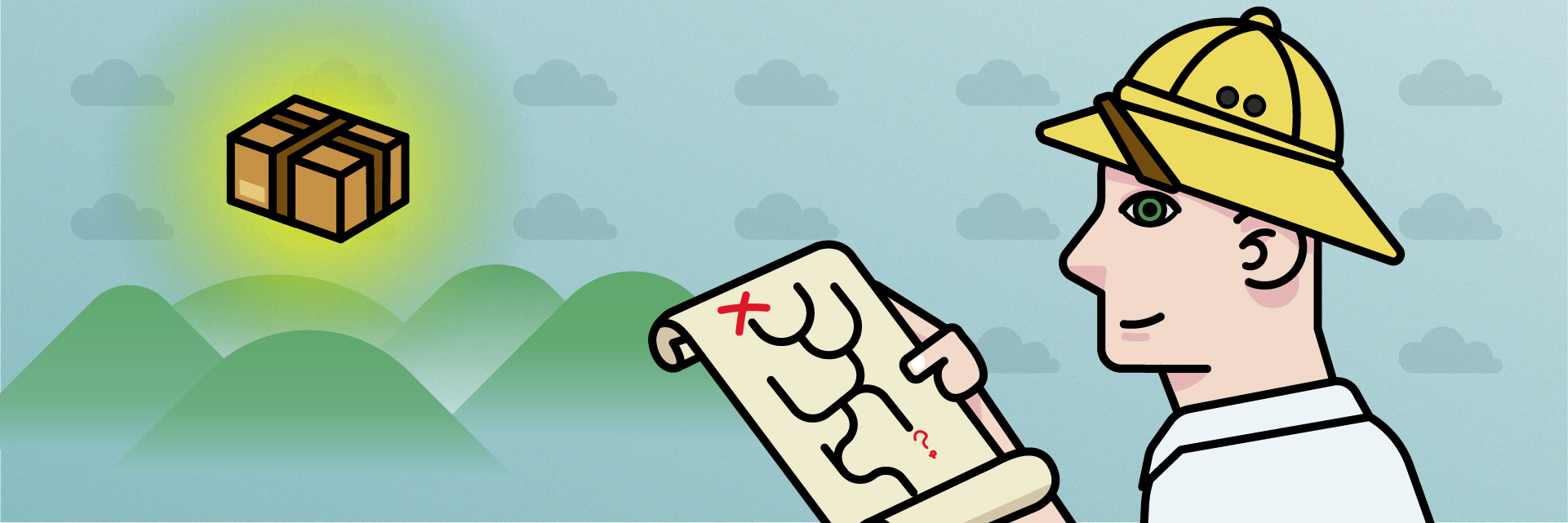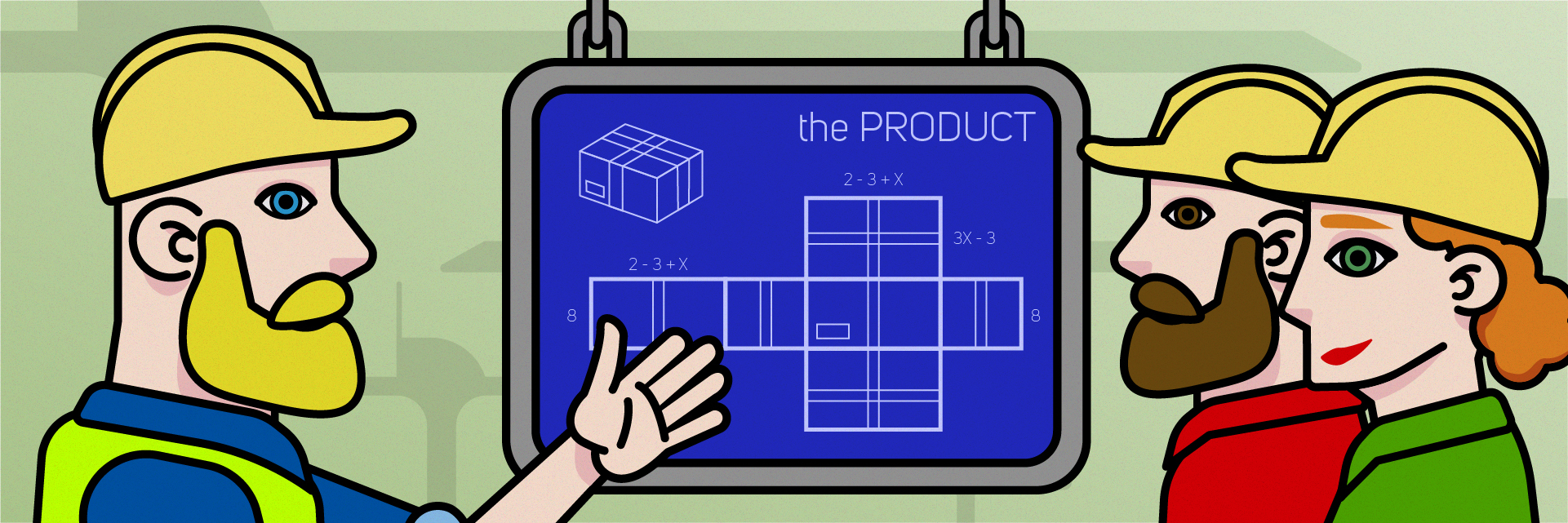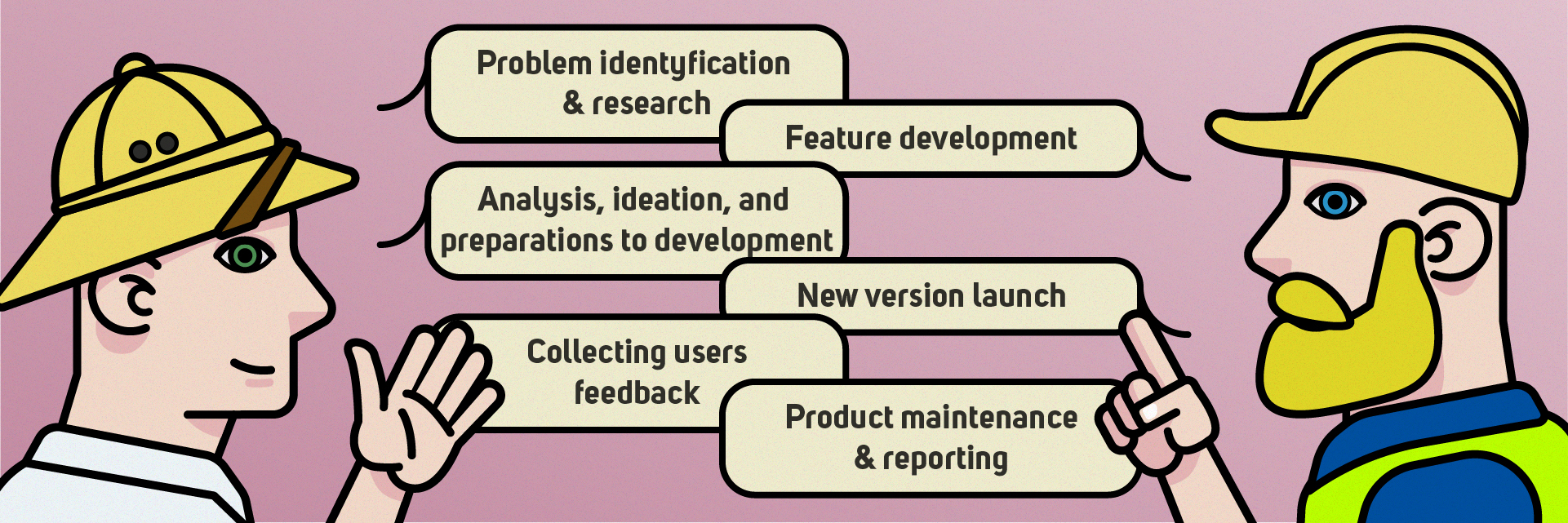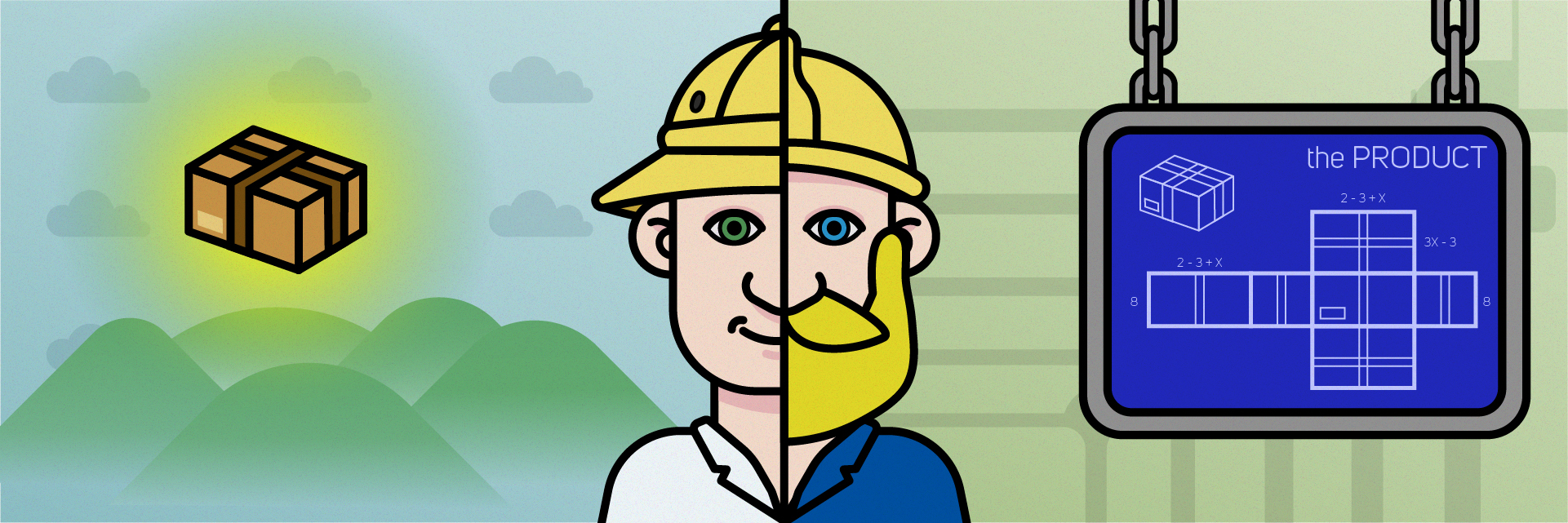Product Owner vs Product Manager: Learn the Differences before the Project Begins

If we are to examine the product owner vs product manager difference – we need to make one thing clear from the start.
A product owner is a role in a scrum process, while a product manager doesn’t need to be involved in any agile operations. Such a person is always carrying out the product manager’s duties, even if the product is not in the making phase.
But what exactly makes these two roles distinct? Find out what responsibilities wait for product managers and product owners during the app development process and beyond.
Note In every company, PM and PO’s responsibilities may vary, but the descriptions below should give you a general idea of what they usually deal with.
This is an article about the differences between product owners and product managers. It discusses the different roles and responsibilities of each position. The article also provides a helpful overview of the skills needed to be successful in each role.
Key takeaways
- Product owners are responsible for managing the product development process.
- Product managers are responsible for the overall strategic vision of the product.
- Product owners need to be well-organized and detail-oriented, while product managers must be good at problem-solving and understand the target group.
- Both product owners and product managers need to be able to work effectively with cross-functional teams.
- Product owners are responsible for co-creating and maintaining the product backlog. They work closely with the development team to ensure that the product is built according to the specifications.
- Product managers are responsible for developing the product roadmap.
- Both product owners and product managers play a critical role in the success of a product.
What does a product manager do?
Main goal: Broad view of the product strategy.
Role description
The goal is to create a whole vision of a product. The product manager (PM) relies on data and its analysis to come up with the best solutions for the features and ways of operating. So, they often supervise the work of researchers and process the collected info about the users and the market.
Based on that, they make the decisions when it comes to defining MVP functionalities or long-term development goals. They also prepare a roadmap and set deadlines.
The product manager’s role isn’t limited only to app development-related issues, though. He or she needs to work on the marketing and sales strategy, too. Everything that concerns the product must be approved by the PM.
Who do they usually work with?
PMs often team up with researchers, sales, PR, or marketing experts, business representatives, and product owners, among others. They can also meet the developers from time to time.
Examples of responsibilities
- Supervising the research focused on the competition and the users’ needs
- Collecting relevant business data
- Processing the insights
- Identifying the most important elements of the product
- Creating and updating the product roadmap
- Setting up KPIs and tracking if the strategy works out as expected
- Taking part in preparing marketing and sales strategy.
Special skills
A perfect product manager is a person who:
- knows user research methods – product managers’ decisions are based on data, so they need to obtain and process a large amount of information,
- is aware of what has an impact on UX – even if there are user experience experts on the team, product managers must know what about their product makes users satisfied,
- can empathize with users and truly understand their problems,
- has a basic technical knowledge – it’s best to know the possibilities and limitations of the technology to create realistic plans,
- easily communicates with people – it takes a lot of consultations and teamwork to be a PM, so avoiding friction and obtaining the goals at the same time is a useful asset.

What does a product owner do?
Main goal: To concentrate on the product development process and cooperate with the scrum team.
Role description
In short, the product owners’ job is to be in touch with the rest of the scrum team, check the current work status, and verify the results during sprint reviews. They also ensure the project is executed within deadlines and in line with the roadmap prepared by the product manager.
POs guide the team on what to do first in every sprint and participate in the sprint planning. It’s their responsibility to present the roadmap, help in creating the backlog, and take care of its refinement. They work closely with developers and sometimes even attend daily meetings, although it’s not always necessary. Their task is also to evaluate the cooperation, so product owners take part in the retrospective meetings.
Although the name suggests something different, the product owner doesn’t “own” the product. Such a person is more of a representative of the company in the development process.
Note: Sometimes it’s impossible, but it is a good practice to have just one product owner. As you can read in the Scrum Guide: “The Product Owner is one person, not a committee.” Often, there’s no need to engage more people in decision-making.
Who do they usually work with?
On a daily (or weekly) basis, product owners work with the scrum team. It usually consists of software developers, QA specialists, UX and UI designers, and a Scrum Master (or Project Manager).
Examples of responsibilities
- Helping the team with preparing user stories
- Presenting the roadmap and preparing a product backlog with the team
- Approving every change to the project
- Making sure the development goes in the right direction and the business and user needs are taken care of
- Setting up the priorities
- Continuously working with the scrum team during the development and maintenance process.
Special skills
Ideally, a product owner should be:
- Well-organized – if the PO forgets to refine the backlog or to convey certain information, the success of the whole project is at risk,
- Detail-oriented – product owner needs to evaluate the ideas and check if they get the development team closer to the goal,
- Good at formulating the right questions – even if the concept seems all right, PO needs to verify its pros and cons,
- Keen listener – listening to what other experts have to say is essential, so being open to people’s opinions is a must.

Product owner vs product manager – together in a project
Actions speak louder than words, so let’s see what PO and PM do in a project based on the example.
Note: Sometimes, the responsibilities may be different as each company has its own way of operating, and every product is different from one another. The tasks also depend on the stage of the project.
Overview
There’s a company that offers an app for parents who live apart and want to share the children-related responsibilities equally. The product management team regularly tracks the KPIs and other metrics that show if the business achieves its goals. Based on the reports, the product manager notices that more and more parents stop using the app after the first three months. There’s an assumption that the app doesn’t address some kind of a problem that becomes important after a while or from time to time.
Stage 1: Problem identification & research
PM can start by letting the business owners know about the problem. The hypothesis is not very detailed yet, so it’s probably best to conduct some exploratory research and talk to the parents to find out what is the real problem and how they currently deal with it. The product management team should take care of this with the product manager as a supervisor. Conducting desk research or a competitor analysis won’t hurt either.
Stage 2: Analysis, ideation, and preparations for development
Let’s assume data analysis shows that the biggest challenge is adjusting one parent’s agenda to both the child’s and another parent’s schedules. The older the kids get, the more classes they take.
At this point, the team should find the best solution to this problem.
Product Design workshops can help a lot when it comes to processing the data collected beforehand and discover additional insights. When many experts gather in one room and share what they know, participants can choose the most important problems and focus on solutions. Product owner should take part in such sessions, too.
What happens after the UX workshop? In this example, I choose that the solution is functionality that allows parents to add new members to the account (children, babysitters, grandparents) with different permissions that let them access only selected views. If the idea gets approval, the product manager updates the roadmap, creates new KPIs, and – together with a product owner – helps in editing the backlog.
Stage 3: Feature development
Finally, the moment when the product owner has more to say. He or she reviews the info prepared by the product manager and asks about every detail that might be important. Then, the PO should sit with the scrum team (we assume they’ve been already cooperating for a while). Together, they must work on user stories based on the roadmap.
What’s next? PO prioritizes the tasks and informs the team what is the essential element of each sprint. On a regular basis, the product manager approves the changes to the backlog and takes part in retro meetings. Their job is also to answer QA engineers’ and developers’ questions.
During the development stage, PO regularly meets the product manager and makes reports. PM sometimes talks to the development team directly, but this doesn’t happen too often.
Stage 4: Launching the new version
It’s time to launch the feature, so PO works intensely with the scrum master, developers, and QA specialists on the release. This person is also responsible for providing the materials required by Google Play or Apple App Store. Cooperation with the legal or marketing team is usually necessary, too.
If you think that all this time when the PO works hard, the PM just sits back and listens to some reports from time to time – you couldn’t have been more wrong. Apart from constant monitoring of the performance, the product manager consults the launch of the new feature with the growth team, and together, they work on a sales, marketing, and PR strategy.
How should we let parents know about the update? What can be done to encourage users to check out this new option? Those are just examples of questions PM needs to answer.
Stage 5: Product maintenance & reporting
After the release, the PO usually works with the scrum team on app maintenance, bug fixing, etc.
PM, on the other hand, tracks the KPIs, checks the users’ behavior, and collects their feedback. It’s best to keep an eye on the competition (both direct and indirect) and market trends, too.
This way, every app-related aspect is taken care of, and the company increases its chances of achieving success.

Similarities – what is the shared goal?
Besides the differences, product managers and product owners also have things in common.
In both cases, it’s about creating a product that brings profit to the company and satisfies users. PM and PO always have customers in mind and need to be team players with excellent communication skills.
A product owner or product manager – isn’t one person enough?
It’s not a secret that “it depends” is the right answer to almost every question concerning app development.
If you want to find out whether your company needs both a product manager and a product owner, think of what you need.
Maybe the project or your company is small? Then PM can also be a PO, if there aren’t too many responsibilities. It’s also the case when the product is not an essential part of the business and when the nature of the product doesn’t leave much space for changes. Otherwise, one person may struggle to supervise a bunch of processes at the same time.

Final thoughts: How to prepare for scrum development as a product owner?
As a software development agency, we need you to choose one person who will be a product owner. Someone who will show us the roadmap, help us prepare user stories, prioritize the tasks, and update the backlog with our development team.
Sounds like a lot of work? Relax, we will help you through it. If you decide to build a product with us, there’s a kick-off meeting before the development phase, when we talk about organizational issues and explain every aspect of the cooperation.
On some projects, we meet the PO daily, but sometimes, we just present the results of our work once every two weeks, for example. You want to talk about the details? Drop us a line. We’d be happy to tell you everything you need to know before the start of the project.
If you want to learn more about the development process from the PO’s perspective, read on:







